Charger TrustFire TR-001

The TR-001 is a cheap charger from TrustFire that is specified to handle form 10440 to 18650 in LiIon batteries with both 3.6 and 3.2 volt chemistry, can this be correct?
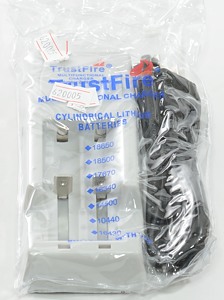
The charger is sold in a plastic bag, the specifications are printed on the bag.
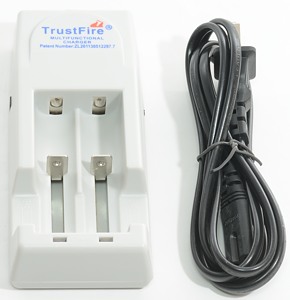
The contents of the bag is very limited, only the charger and a US mains cable, no instruction sheet.
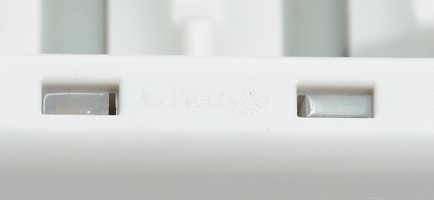
There is a red/green led for each channel, they are red while charging and green when voltage is high enough.
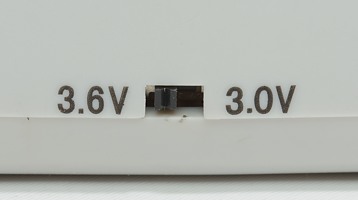
This switch is used to select between LiCoO2/LiMn (3.6 volt position) and LiFePO4 (3.0 volt position).
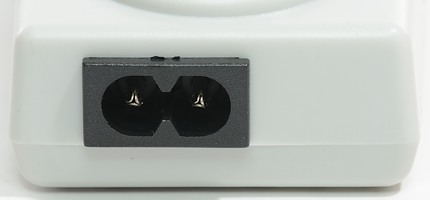

The charger can be supplied from 12 volt (Car) or 100-240VAC 50/60Hz mains voltage.
The charger makes a weak ratteling noise when when connected to power (this is not due to any loose part).
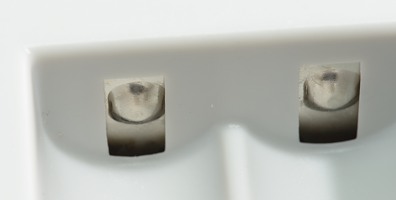
The + connection will work with flat top batteries.

The slider can work from 16340 batteries to 18700 batteries and it moves without any problems.





The charger can easily handle 70 mm long batteries including flat top cells.
Measurements
- Discharge battery with 1.4mA (1.1mA for 3.0V) when power is disconnected.
- Charge voltage is about 4.23 volt for 3.6V setting
- Charge voltage is about 3.65 volt for 3.0V setting
- Charge current is never turned off, it will just vary with battery voltage.
- Maximum charge current is around 450mA with a 0 volt battery.
- The light changes from red to green at about 4.20 volt for 3.6V setting.
- The light changes from red to green at about 3.61 volt for 3.0V setting.
- The channels are independent and there is small variations between them.
.png)
A lot of patience is needed to charger 3400mAh batteries in this charger, it takes about 19 hours before the led turns green. The charger will not stop charging, but continue at a lower charge rate.
.png)
The second channel work the same way.
.png)
Charging two batteries does not make the charger any slower.
.png)
A 2600mAh battery can be charged in about 17 hours, but for some reason the charger led is flickering when the battery is nearly finished.
.png)
My old IMR cell is no problem.
.png)
Changing the switch to 3.0V and charging a LiFePO4 cell does also work.
Because the charger continues to charger, it will keep the voltage of the battery at 3.6 volt and the batter will first drop to about 3.4 volt when removed from the charger.
The charger passed a isolation test with 2500 volt, but failed a 5000 volt test, this makes the charger acceptable for 110VAC useage, but doubtful for 230VAC usage. Usage with 12 volt (in a car) is, of course, always possible and safe.
Conclusion
I do not like chargers that continues to charger, but it can be used as long as the battery is removed within a few hours after the led changes to green.
The charger is way to slow for a 18650 charger, but will work fine for 10440 cells.
The charger can be used in 110VAC countries, but I would be very careful with using it in a 230VAC country.
Notes
The charger was supplied by lightscastle for a review.
All tests are done at 230 VAC mains supply using an isolation transformer.
Here is an explanation on how I did the above charge curves: How do I test a charger














.png)
.png)
.png)
.png)
.png)
.png)